
The number of falls continue to rise in the aging population and some of these falls have serious consequences. Each year, millions of older adults experience a fall. And, according to the CDC, more than one out of every four older adults fall each year, but less than half tell their doctor about it. Skilled Nursing Facilities, Assisted, and Independent Living Communities all struggle to balance safety and the independence of their residents. Seniors value maintaining their freedom of movement around their communities and are frequently adverse to many safety measures that might be put into place to prevent a fall.
How can you build safety into your life while still maintaining your independence?
Incorporate Exercise into your Daily Routine: Try adding just twenty minutes of progressive strengthening and balance activity into your daily routine. Kirby Pines offers several classes and equipment to stay active. Consider adding a balance and strength class at least two to three times per week to help prevent falls.
Mind Medications: There are many medications that can impact a person’s risk for a fall. Make sure you are aware of what medications you may be taking and how it could impact your balance. For example, sleeping pills and sedatives can cause dizziness, while hypertension medications can cause postural hypotension.
Modify Environment: Look at ways to make the environment you live in as safe as possible. Eliminate area rugs, reduce clutter, ensure clear paths to restroom, use grab bars, and ensure your furniture will not topple over if used to hold on to.
Use Proper Lighting: Falls commonly occur in the middle of the night when someone gets up to use the restroom and falls because it is dark, and they cannot see properly. An easy solution is to Illuminate the path to the restroom. This can be done with nightlights, toilet lights, or even motion sensor lights.
Select Footwear: Proper footwear is essential in fall prevention. Shoes with a back on them, like tennis shoes, and shoes or socks with tread are recommended. Avoid shoes that you slip into, like clogs or slides, and make sure you shoe fits properly.
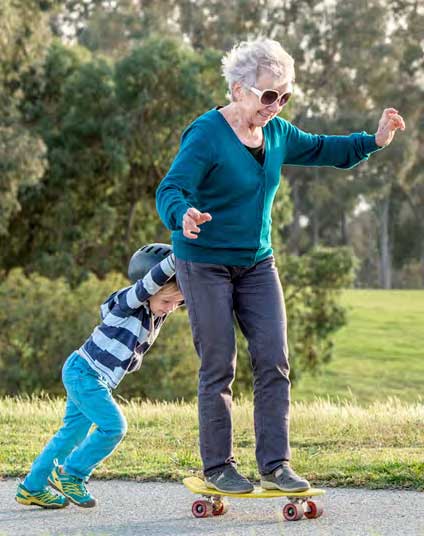
Use Recommended Walker or Cane: Assistive devices can be great aids for balance and fall prevention, but it is important that the device is fitted for you, as well as educating yourself on proper form and technique.
Try Our Yoga Class: Yoga can help prevent the onset of osteoporosis, which causes bones to become brittle or weak. It reduces stress and enhances balance, flexibility, mobility and strength. It may also help you get a good nights sleep along with alleviating aches and pains.
Functional Pathways’ Wellness Program and Skilled Therapy services has trained professionals and programs designed for helping Senior Living Communities reduce falls while maintaining seniors’ highest level of independence.


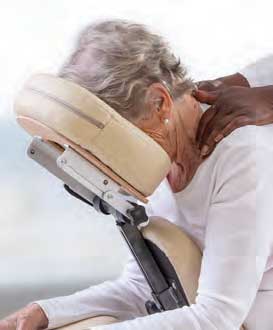
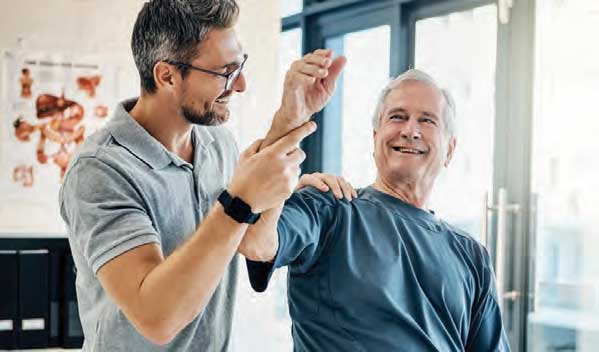


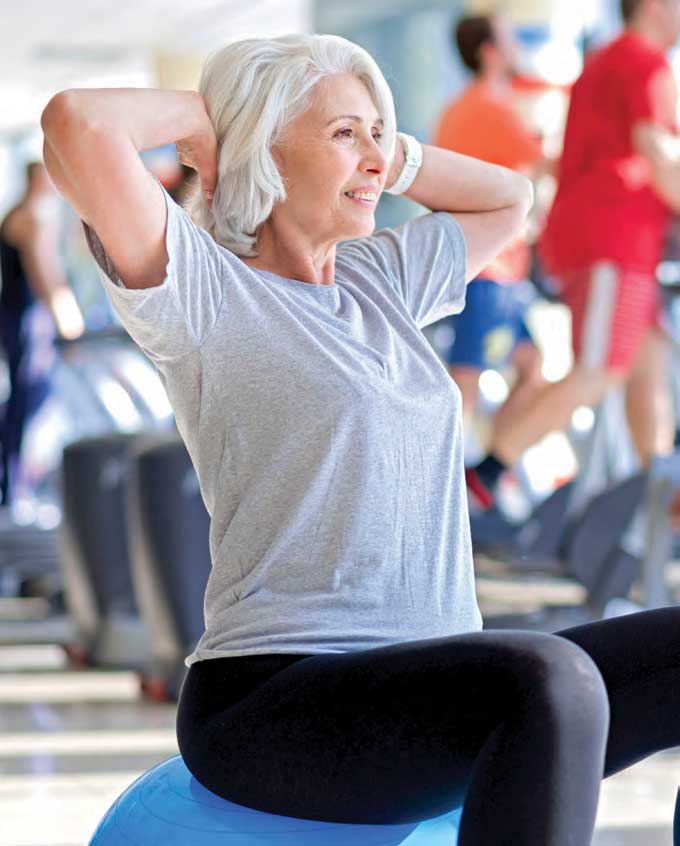
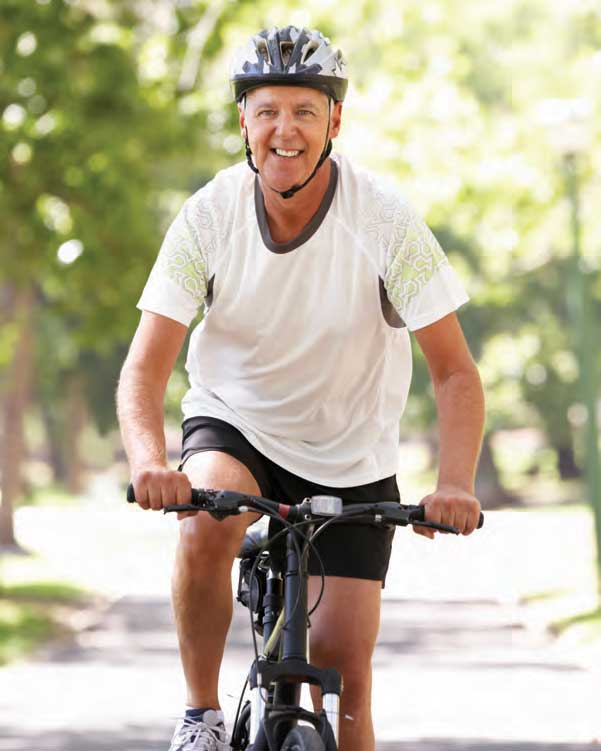
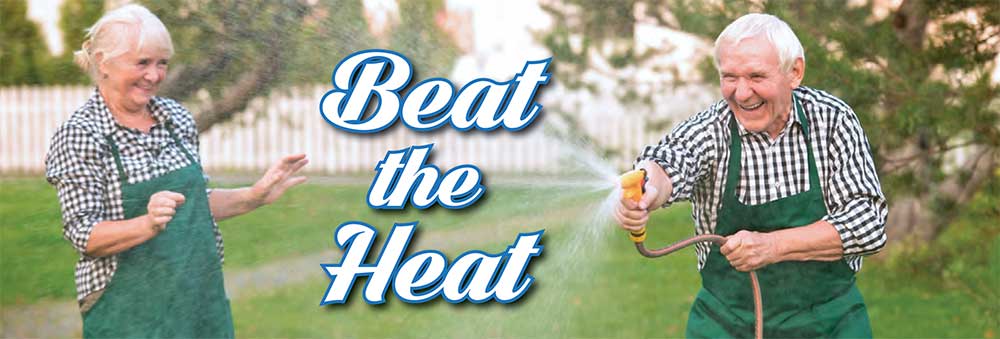
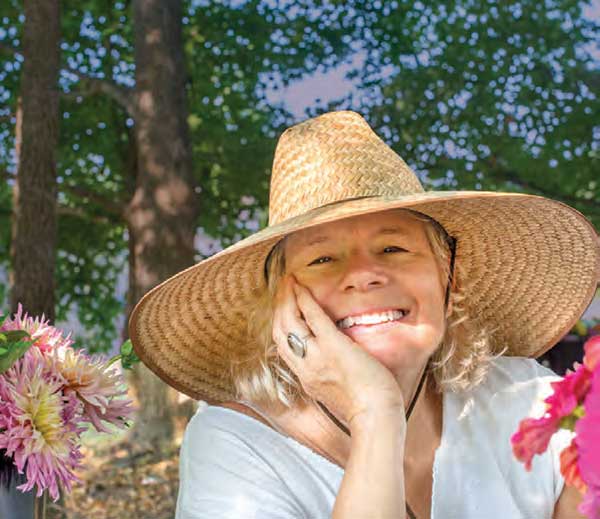
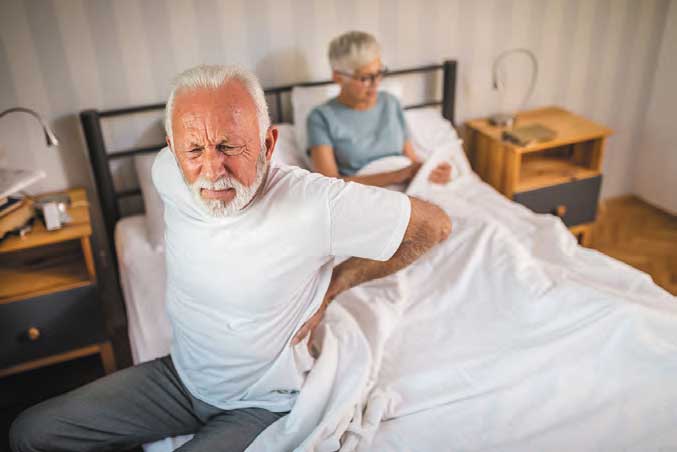
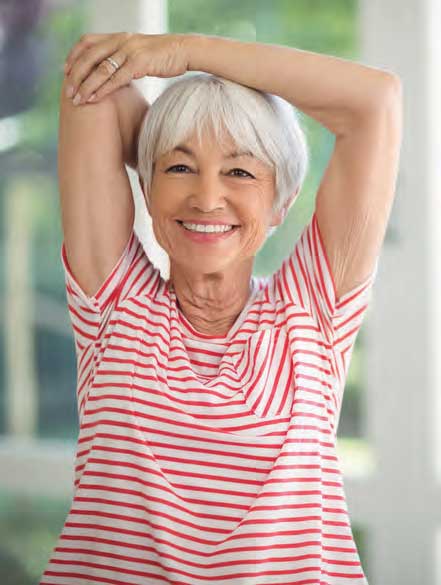
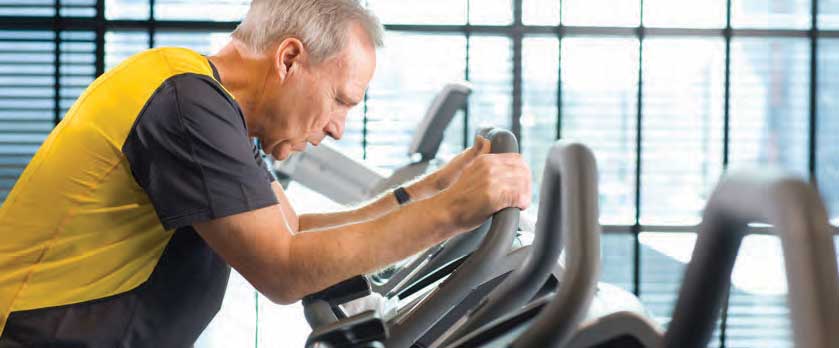


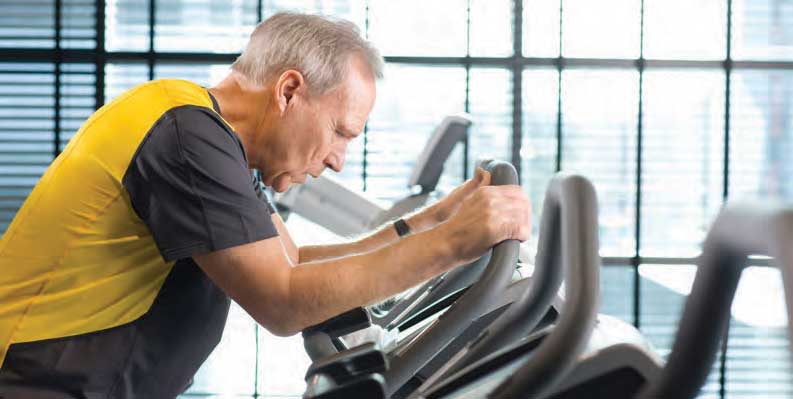
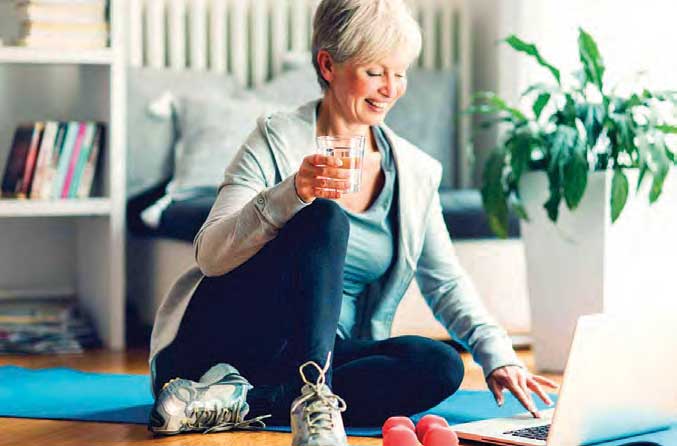




 © 2025 Kirby Pines LifeCare Community. All Rights Reserved |
© 2025 Kirby Pines LifeCare Community. All Rights Reserved | 